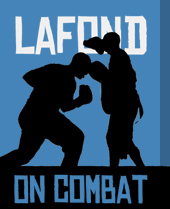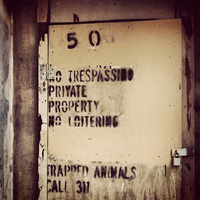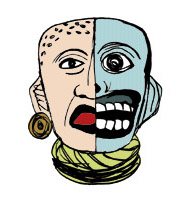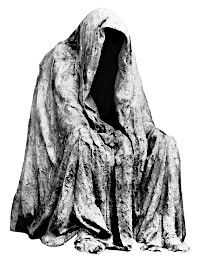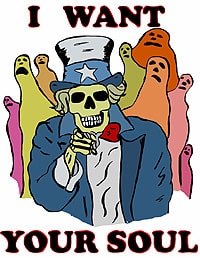Friday, October 6: Harlem, Broadway and the Bowry are described as habitations for the working class free people, “negroes, mսlattoes and whites,” demonstrating that there was no difference in terms of potential freedom from servitude among the races, just as all races were potentially chattel in 17th Century New York.
Jasper’s consistent use of “white” at this early date may either be from prejudiced translation in the 1860s, or due to the dominance of Dutch Jеwry in New York, the home country and the connecting shipping business. This reader suspects the latter, due to Jasper’s note from December in Maryland, where he seems put-off by the use of Christian to describe “whites,” though he quickly adopted the semantic in his own journal.
The sweet smell of fallen peaches permeated the air of New York. But Staten Island seems a place of poverty, where the two pilgrims get lost repeatedly and are shown but stingy hospitality by a number of wicked Englishwomen with their “negroes and servants.” One woman refuses to let her servants show Jasper the way and they continue lost. They then stumble across a helpful Englishman, who is dying of illness within the most miserable dwelling Jasper has ever witnessed, as his wife and child look on helplessly.
Jasper spent some time with French Catholics and an Indian, named Jasper, an 80-year-old fisherman who prevented the first Dutch in New Amsterdam from starving by supplying them with fish. Jasper and his companion spoke to Indian Jasper about God [for the Indian Maneto], the evils of drinking rum and other things. Jasper then goes on to explain how the Dutch and English in the New World are dedicated to getting Indians drunk and then cheating them in trades and purchases while they are intoxicated, and how their Indian friend was cheated while drunk of gifts they made to him.
The hospitality of the Indians and the niggardliness of the English is remarked upon often. Jasper does describe how the word “kill” was used to designate a river in New York, New Jersey and Pennsylvania, in that the teaming flocks of geese, duck and other water birds were so thick in the river bottoms near the shore that a person typically shot 5-8 birds with one blast of his fowling gun.
The sailor Robyn, as it turns out, did not perish on the Middle Passage, as Jasper finds him on board the ship with the “godless rogues” who manned it and entrusted numerous letters to him. The reader wonders what horrible thing happened to Jasper on the Middle Passage. Perhaps he was disciplined by the captain or simply mourned for being in such godless company.
The journey through New Jersey to Maryland from New York takes from November 14th thru the end of the month, with a firm grasp of being in Maryland not being established until December 3rd. However, the route taken was poorly developed and the Dutch Plantation owners were in need of their nameless servants for doing everything, including working as guides, which brings into question the short term of service assumed.
Many long stays among Dutch and Swedish hosts, along with some English and Quaker guests, including an insane Prophetess who would shake and cry out at dinner, screaming her prayers, occupied the two pilgrims with much wasted idleness and discomfort. The servants never have names, are anonymous cattle without a voice, only an echo. Never are they even quoted as they spoke, but have their words summarized by their masters. The block house of chinked logs is revealed as a Swedish invention, while the English suffer in windy, clapboard shacks.
The entire country, being purchased from drunken Indians for almost nothing, is generally deserted except for lone wives and servants, leaving the impression of an off season construction site.
Jasper says about the search for one host, as they have no food or bedding other than maize cobbs in the husk:
“Some of the servants of Kasparus came, who confirmed the account that their master had gone to Maryland. There were no persons there except some servants and negroes, the commander being a Parisian.”
This is the typical picture of the early American plantation, with no free man other than the owner and his overseer, everyone else a slave.
link › jameslafond.blogspot.com
Explore Plantation America
Support Plantation America Research
To support this project and view some graphics go to:
link › patreon.com/jameslafond



